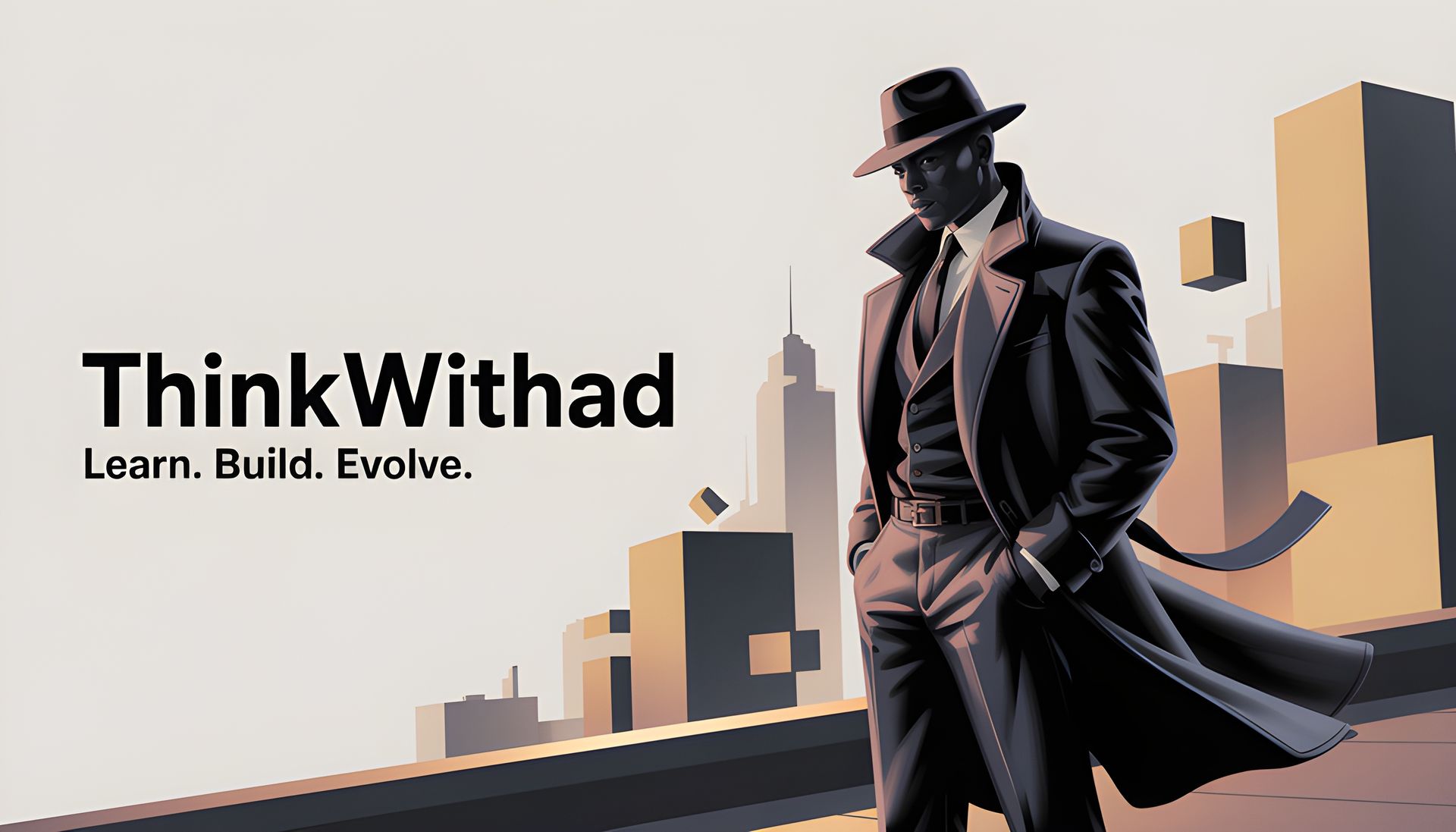Money, Mayhem & Marketing: The Wolf of Wall Street’s Ruthless Lessons for Entrepreneurs
When Martin Scorsese dropped The Wolf of Wall Street, the world didn’t just watch a movie — it got a masterclass in the dark, high-stakes game of sales, persuasion, and human psychology.
Jordan Belfort’s rise (and crash) isn’t just Hollywood entertainment. It’s a real-world blueprint on how ambition, persuasion, and branding can make you millions… or bury you. For entrepreneurs, founders, and creatives, Wolf is more than a cautionary tale — it’s a mirror reflecting both your potential and your possible downfall.
1. The Power of Unshakable Confidence
Jordan Belfort didn’t walk into rooms hoping to make a deal — he walked in convinced he already had it. That level of energy is contagious. It made investors believe, it made employees follow, and it turned cold calls into hot money.
In the entrepreneurial world, confidence sells before your product does. People buy into you first. If you’re unsure, hesitant, or apologetic about your price, brand, or vision, you’ve already lost the sale before you’ve even pitched it.
Apply It Today: Stand tall on your product’s value. Practice your pitch until it’s second nature. Sell like the person you want your client to believe you are.
2. Sell Me This Pen — Understanding Urgency & Need
One of the most iconic moments in Wolf is Belfort’s “Sell me this pen” test. The lesson? Sales is not about features — it’s about creating urgency by identifying and exploiting a customer’s immediate need.
In the movie, the right answer wasn’t about ink quality or pen design — it was making the buyer need a pen now. Entrepreneurs often drown prospects in technical details when they should be asking the right questions to uncover urgency.
Apply It Today: Stop selling features. Start selling solutions to problems your audience is actively feeling. Make them see why waiting costs them more than buying now.
3. Build a Culture That Moves as One
Stratton Oakmont wasn’t just a brokerage firm — it was a sales army. From chanting hype speeches to high-energy floor culture, Belfort created an environment where employees felt like part of a winning movement.
Now, here’s the reality check: that culture eventually became toxic, but the takeaway is that unified culture drives results. If you can align your team’s values, energy, and vision, you create momentum that compounds every day.
Apply It Today: Whether your “team” is five freelancers or fifty employees, build rituals, communication systems, and shared goals. Make your people feel like they’re part of something bigger than a paycheck.
4. Obsession is the Fuel — But Know When It’s Poison
Belfort’s obsession with making money was legendary — and deadly. He worked insane hours, pushed his team to the brink, and built systems that scaled fast. But obsession without boundaries burned everything down.
Entrepreneurs must harness obsession strategically. Let it drive you during the build phase, but install brakes — accountability partners, advisors, or personal health check-ins — before the grind eats you alive.
Apply It Today: Schedule time for vision work and execution separately. Protect your health as fiercely as you protect your profit margins.
5. Marketing is Storytelling — Even If It’s a Lie
Belfort didn’t just sell stocks; he sold a story of wealth, power, and exclusivity. His clients weren’t buying shares — they were buying a seat at an imagined table of winners.
Storytelling is your most powerful marketing weapon. The difference between ethical and unethical? Delivering on that story instead of fabricating it.
Apply It Today: Craft a brand story that elevates your customer’s identity. Make them feel like they’re stepping into a better version of themselves when they buy from you.
6. The Dark Side of Scaling Fast
Stratton Oakmont scaled explosively — but without control, scaling becomes chaos. More sales, more clients, more hires… and more risk.
In business, scaling isn’t just about growth, it’s about sustainable growth. Without processes, legal safeguards, and financial discipline, growth can destroy you faster than stagnation.
Apply It Today: Before chasing bigger numbers, tighten your systems. Document workflows, automate where possible, and build compliance into your scaling strategy.
7. Learn from the Fall — The Real Legacy
Belfort’s fall wasn’t sudden — it was a slow build of unchecked habits, greed, and overconfidence. In the end, the empire collapsed under its own weight.
The real takeaway? Your name is your brand. Destroy it, and rebuilding will take a lifetime. But protect it, and it will open doors for decades.
Apply It Today: Operate with transparency, even when it’s tempting to cut corners. Remember — short-term wins can create long-term losses.
Final Word
The Wolf of Wall Street is a wild ride, but for the entrepreneur who watches with a strategist’s eye, it’s a masterclass. It shows how magnetic leadership, sales mastery, and culture-building can create empires — but also how ego, greed, and reckless scaling can destroy them just as fast.
Your business can be bold, fast-moving, and wildly profitable without being reckless. Take the energy, drop the toxicity, and build something worth keeping.
🧠ThinkwithAD – PULSE
Your dose of real-world business lessons from the stories shaping culture and commerce.

⚠️Disclaimer: This article is for educational purposes only. It does not endorse or promote illegal activities, unethical business practices, or the behavior depicted in The Wolf of Wall Street.